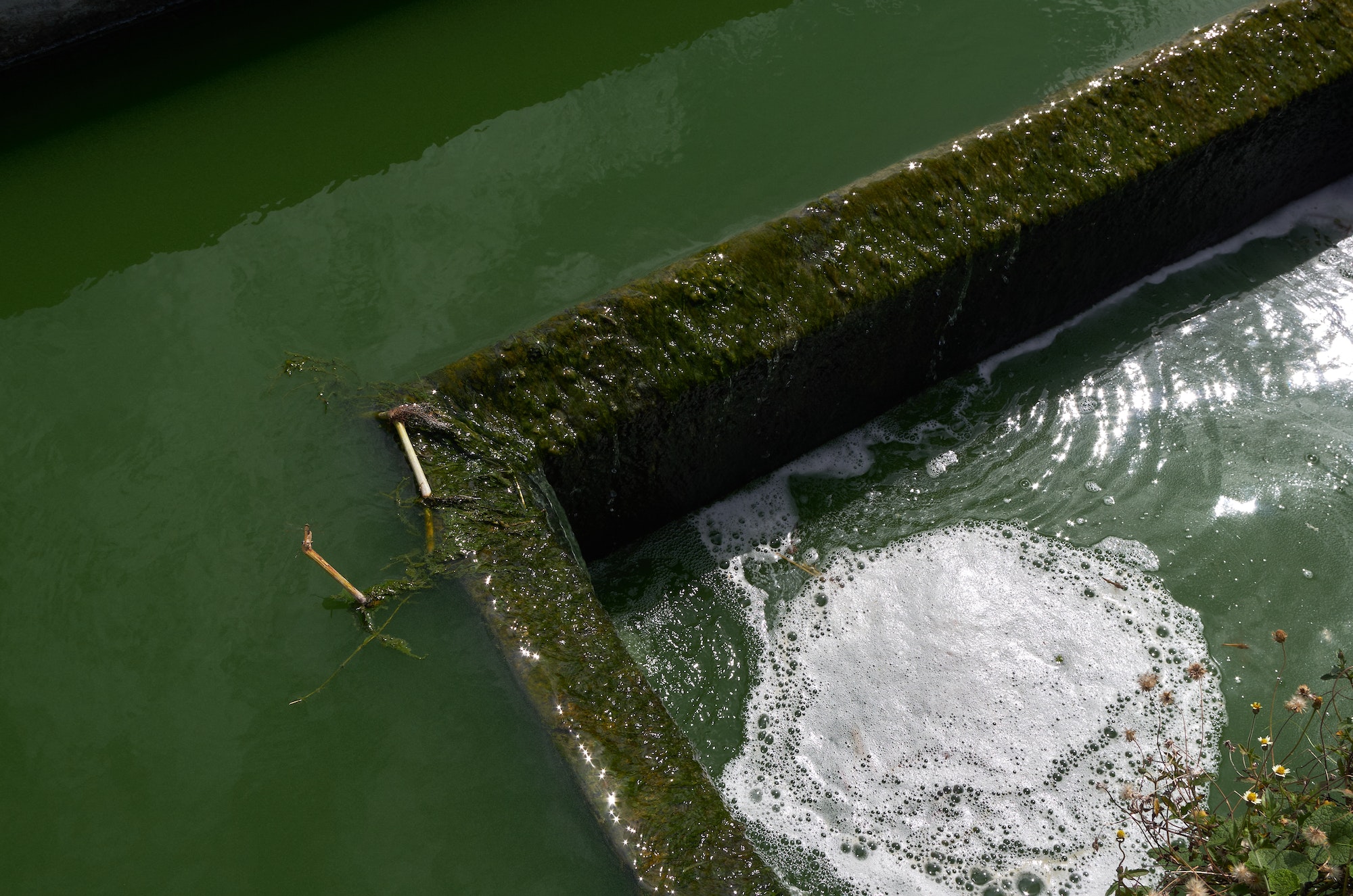Wastewater treatment is an essential process in ensuring a clean and safe environment. Traditional methods of wastewater treatment, such as activated sludge processes, have been widely used for decades. However, these methods come with several drawbacks, including high operational costs, large energy consumption, and the production of significant amounts of waste sludge. Algae-based wastewater treatment systems offer a cost-effective and sustainable alternative to conventional methods.
Algae are photosynthetic microorganisms that can efficiently remove pollutants from wastewater while generating valuable biomass. These organisms have the ability to assimilate nutrients such as nitrogen and phosphorus, which are commonly found in wastewater. By incorporating algae into wastewater treatment systems, these nutrients can be effectively removed from the water, reducing the risk of eutrophication – a harmful process that results in oxygen depletion and negative impacts on aquatic ecosystems.
One of the main advantages of using algae for wastewater treatment is its cost-effectiveness. Algal systems typically require less infrastructure and equipment compared to conventional treatment methods. For example, algae can be grown in open ponds or photobioreactors, both of which have lower construction and maintenance costs than traditional systems. Additionally, algal growth does not require the addition of expensive chemicals or the use of energy-intensive processes like aeration.
Another advantage is that algae-based wastewater treatment systems can produce valuable by-products. The biomass generated during the treatment process can be harvested and processed into biofuels, animal feed, fertilizers, or other valuable products. This not only offsets the cost of operating the system but also creates new revenue streams for operators.
Moreover, algae-based systems have a lower environmental impact than conventional wastewater treatment methods. Since algae are photosynthetic organisms, they absorb carbon dioxide (CO2) from the atmosphere during their growth process. This helps to reduce greenhouse gas emissions and combat climate change. Additionally, algal systems do not produce large amounts of waste sludge that need to be disposed of, further reducing their environmental footprint.
There are several successful examples of algae-based wastewater treatment systems in operation around the world. For instance, the Algal Turf Scrubber (ATS) is a technology that has been successfully implemented in several locations in the United States. The ATS system consists of shallow raceways where algal mats grow on submerged screens. As water flows over the screens, the algae absorb nutrients and contaminants, effectively treating the wastewater. The system has been proven to remove up to 90% of nitrogen and phosphorus from the water, as well as other pollutants like heavy metals.
Another example is the microalgae-based wastewater treatment plant in Chiclana de la Frontera, Spain. This facility uses microalgae to treat wastewater from a population of 70,000 people, producing enough biomass to generate biofuel for more than 200 vehicles per year. The plant has been recognized for its innovative approach and has received several awards for its sustainability and efficiency.
In conclusion, algae-based wastewater treatment systems offer a cost-effective and sustainable solution to traditional methods. They require less infrastructure and energy, produce valuable by-products, and have a lower environmental impact. With increasing global concerns about water pollution and climate change, algae-based systems represent a promising alternative for effective wastewater management.


